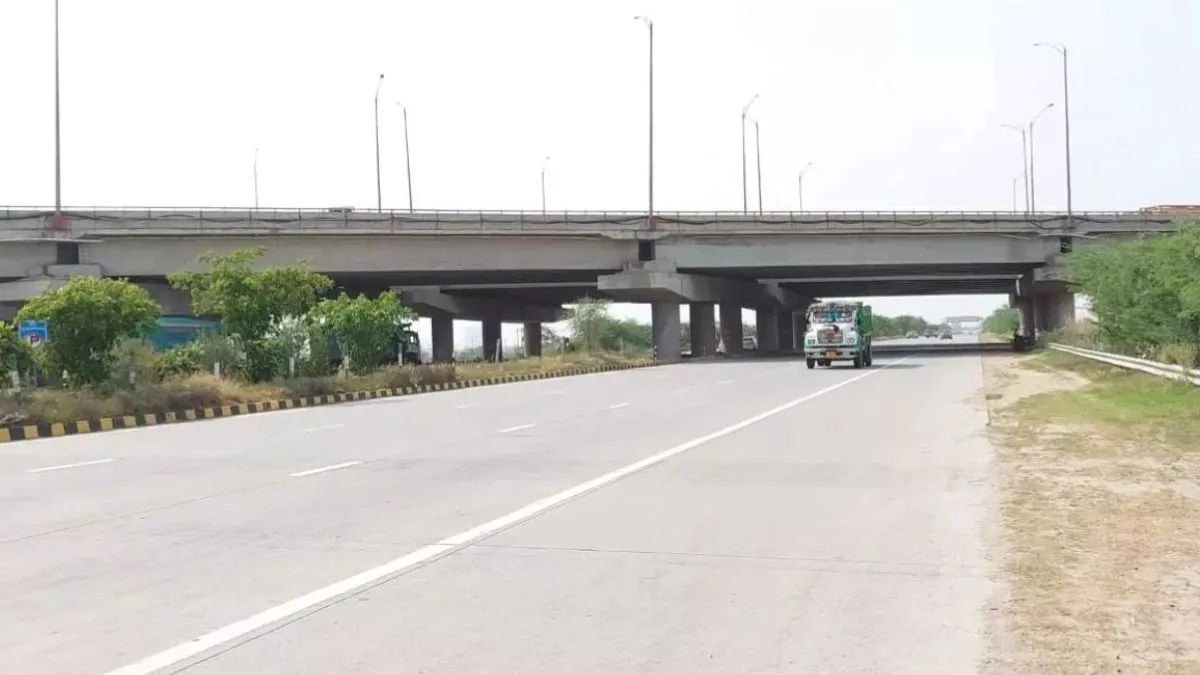- By Aditya Jha
- Tue, 15 Jul 2025 05:20 PM (IST)
- Source:JND
The construction of the interchange to connect the Eastern Peripheral Expressway (EPE) and Yamuna Expressway is likely to commence in a month. The interchange will provide convenience to thousands of residents of Delhi-NCR, Uttar Pradesh, and Haryana by cutting the travel time and reducing traffic congestion. The interchange will also improve the connectivity to Noida International Airport. The National Highways Authority of India (NHAI) has reportedly selected NCREP Pvt. Ltd. to construct the interchange, which is likely to be completed by June 2026. Earlier in June, NHAI had stated that several projects are being planned in the region to improve the regional connectivity.
While providing details, the authority stated that the total construction cost of the project is likely to be Rs 223 crore, adding that the interchange will be completed in a year. The interchange is likely to improve the connectivity between different districts of Haryana and Uttar Pradesh. Apart from this, the residents of the nearby districts will get direct access to the Noida International Airport. The interchange between Eastern Peripheral Expressway (EPE) and Yamuna Expressway is also expected to boost the financial activities in the region.
ALSO READ: Air India Crash Probe: What Is AAIB And How Does It Work | All You Need To Know
The Eastern Peripheral and Yamuna Expressways cross each other at 10 km from the zero point on the Yamuna Expressway. The NHAI had decided to build an interchange to connect the two expressways for the direct connectivity of the districts of UP and Haryana to the Noida airport. The contract for the project was given to Dev S's firm in 2019; however, the construction got delayed due to the non-availability of land.
The commuters of the nearby regions will have to cross via Greater Noida to travel on the EPE and Yamuna Expressway until the interchange is completed. The vehicles will have to cover an additional distance of about 15 km for the next few months; however, the situation is likely to improve once the vehicular movement on the interchange begins.

